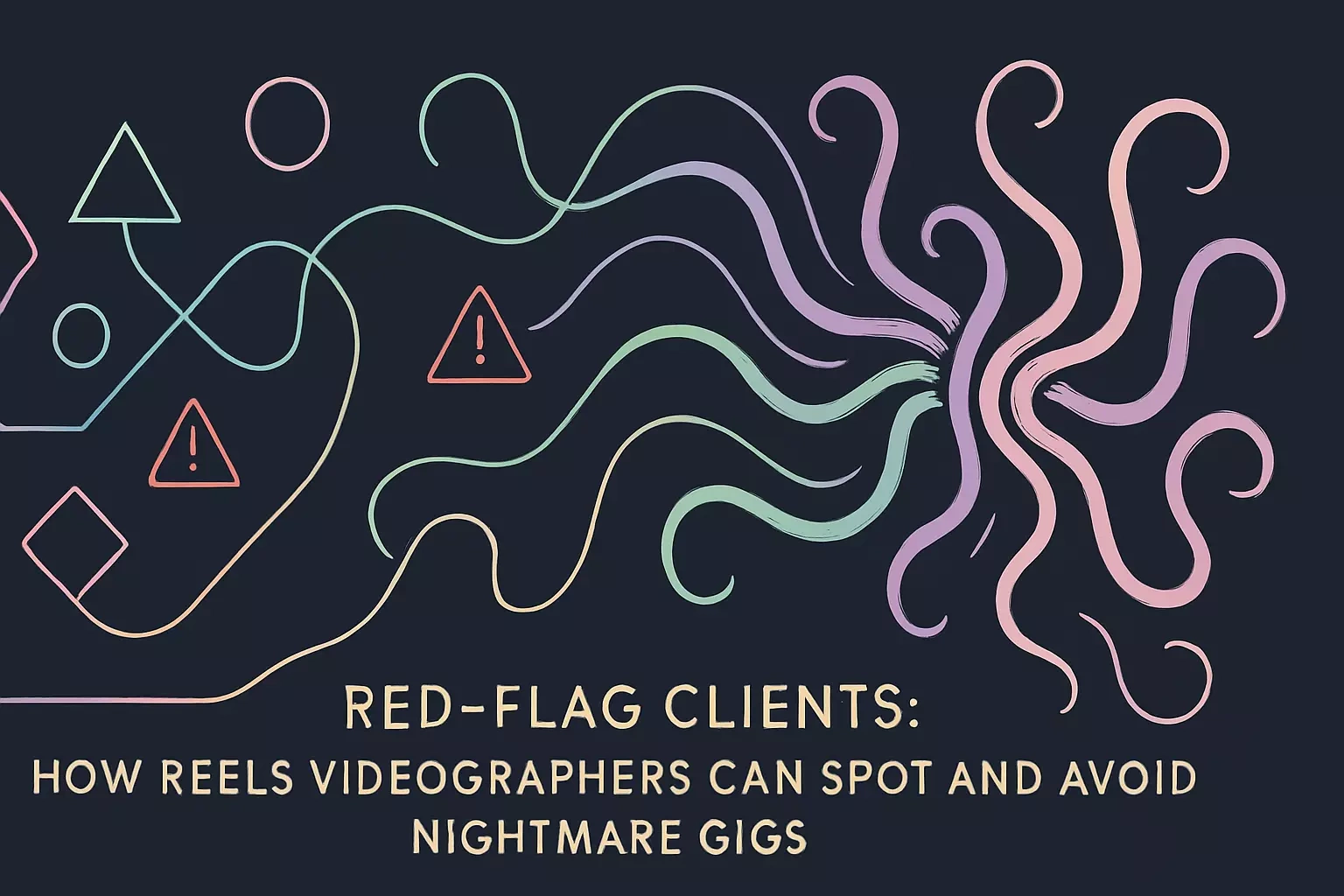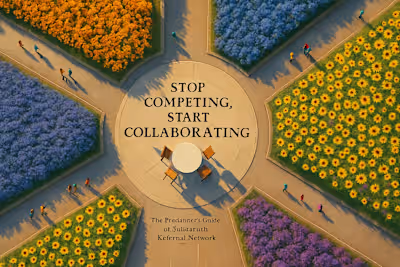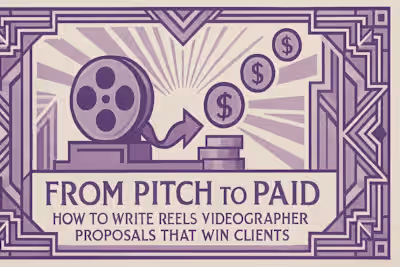Red-Flag Clients: How Reels Videographers Can Spot and Avoid Nightmare Gigs

Red-Flag Clients: How Reels Videographers Can Spot and Avoid Nightmare Gigs
Red Flags During Initial Communication
Vague Project Descriptions
Unrealistic Expectations About Timelines and Budget
Excessive Focus on Price and Requests for Discounts
Poor or Unresponsive Communication
Warning Signs in the Project Details
Requests for Free Work or 'Test' Projects
Refusal to Sign a Contract
Bad-mouthing Previous Videographers
Scope Creep Before the Project Even Starts
How to Professionally Vet Potential Clients
Create a Client Intake Questionnaire
Schedule a Discovery Call
Research Their Business and Online Presence
Politely Declining a Project
Be Honest but Diplomatic
Keep it Brief and Professional
Trust Your Gut
Conclusion
References
Red-Flag Clients: How Reels Videographers Can Spot and Avoid Nightmare Gigs
Red Flags During Initial Communication
Vague Project Descriptions
Unrealistic Expectations About Timelines and Budget
Excessive Focus on Price and Requests for Discounts
Poor or Unresponsive Communication
Warning Signs in the Project Details
Requests for Free Work or 'Test' Projects
Refusal to Sign a Contract
Bad-mouthing Previous Videographers
Scope Creep Before the Project Even Starts
How to Professionally Vet Potential Clients
Create a Client Intake Questionnaire
Schedule a Discovery Call
Research Their Business and Online Presence
Politely Declining a Project
Be Honest but Diplomatic
Keep it Brief and Professional
Trust Your Gut
Conclusion
References
Posted Jun 30, 2025
Learn to identify the warning signs of problem clients before you sign a contract. This guide helps Reels videographers spot red flags, vet prospects, and protect their business.









